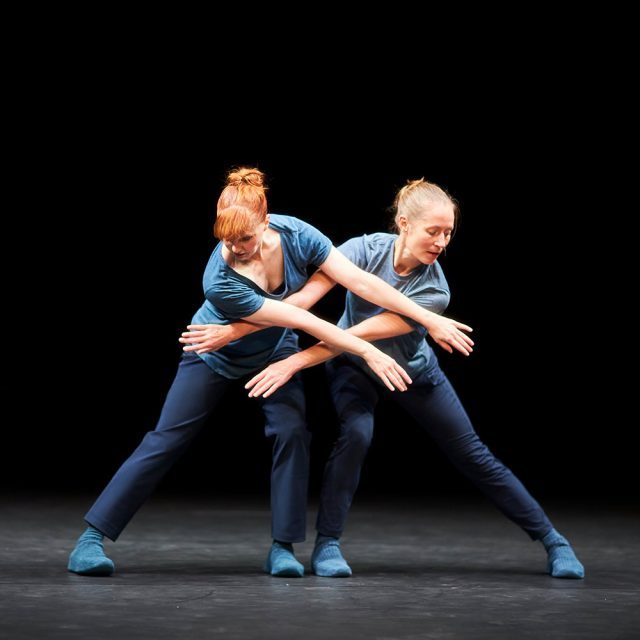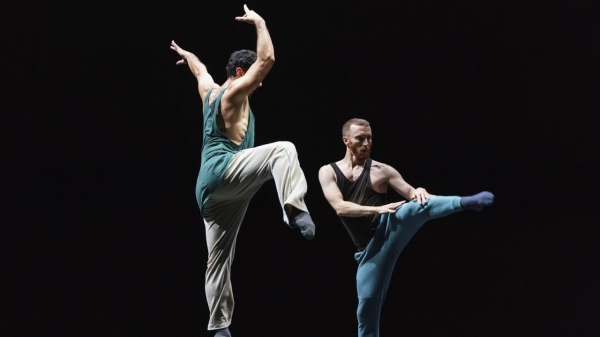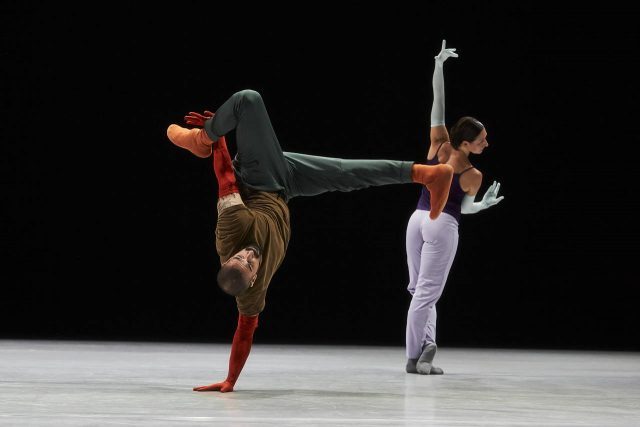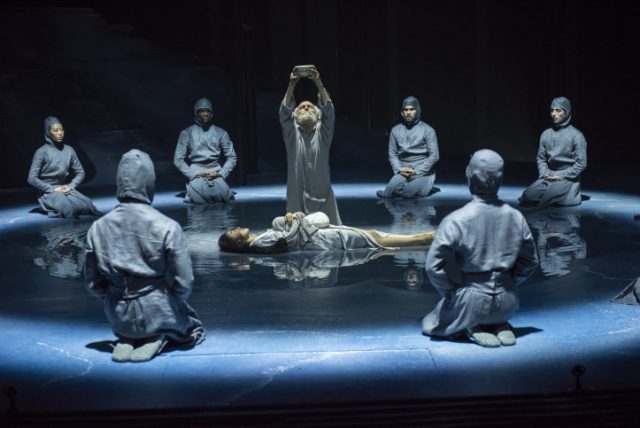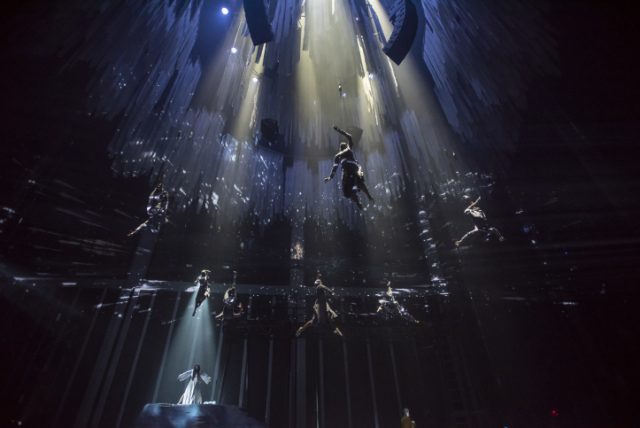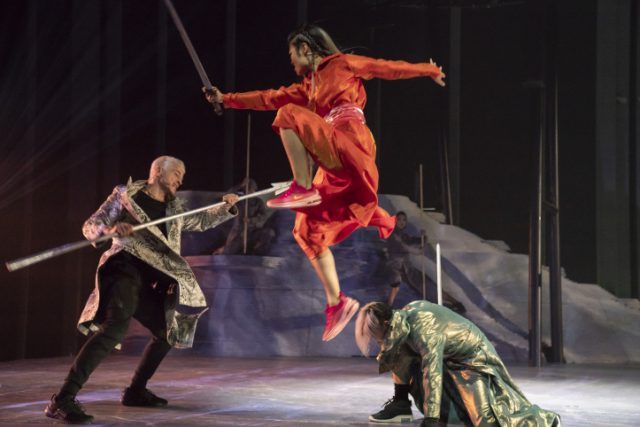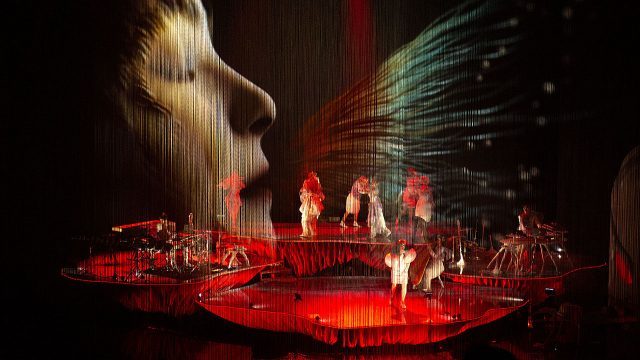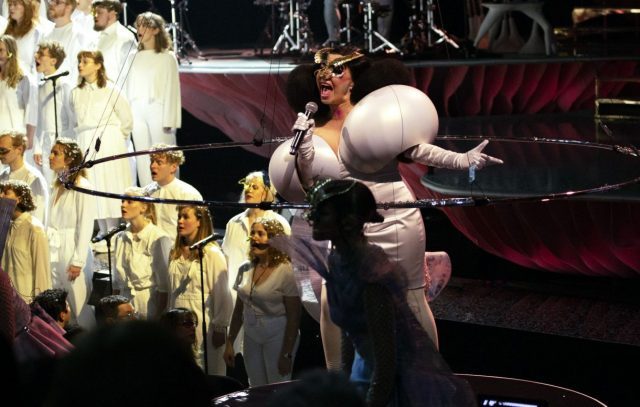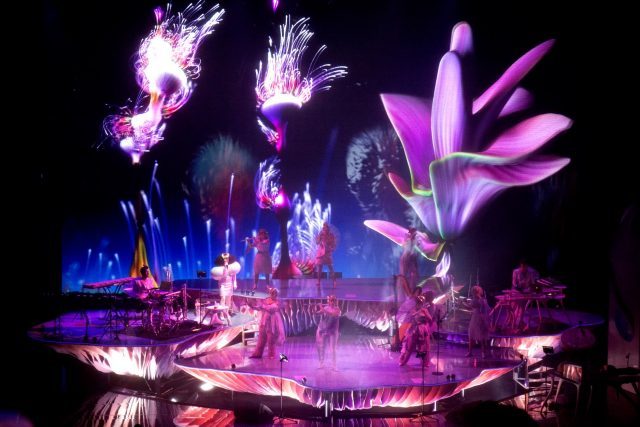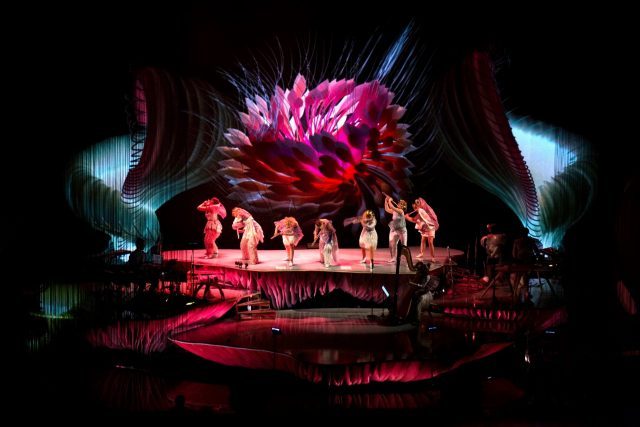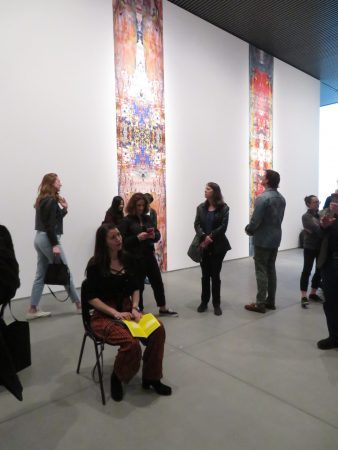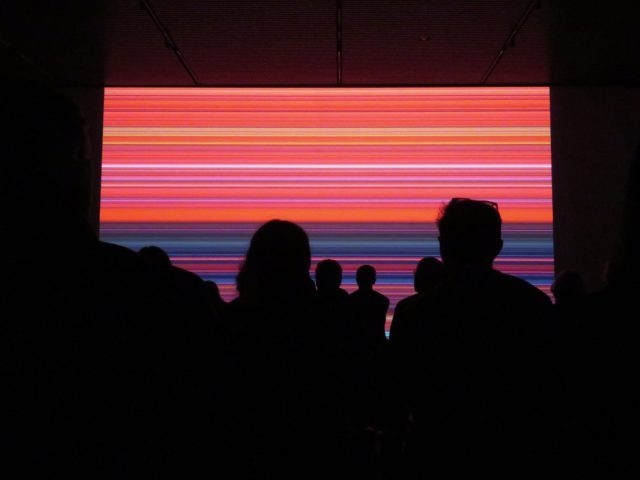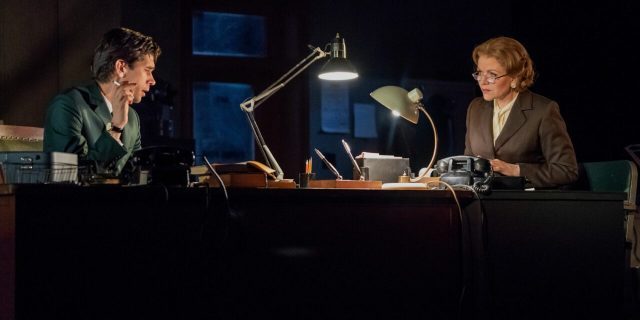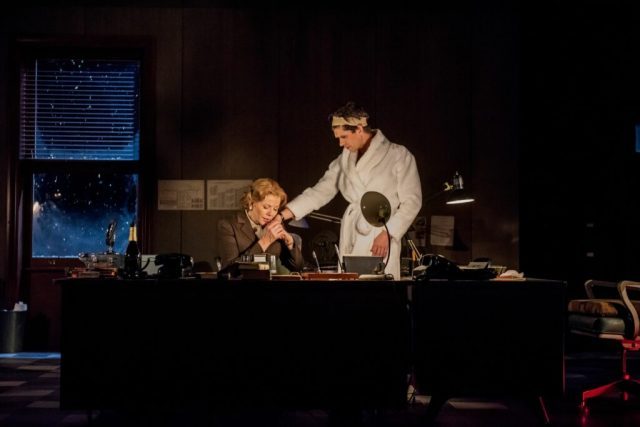
Phases and the In-Betweens features animation, text, and video incorporating the phases of the moon into caregiving during the pandemic
PHASES AND THE IN-BETWEENS
The Shed
Through February 11, free
theshed.org
Phases and the In-Betweens is a collaborative intervention on the website of the Shed, the Hudson Yards performance center that opened in 2019 and hosts music, theater, dance, art, and other programs and exhibitions. The ongoing multimedia piece changes with the phases of the moons; it began with the new moon on January 13 and was updated for the first quarter January 20; next up is the last quarter on February 4, followed by the new moon on February 11, which will signal the end of the project. Phases and the In-Betweens is created by Brothers Sick, consisting of artist, educator, and curator Ezra and photographer Noah Benus; interdisciplinary media artist Yo-Yo Lin; and poet, curator, and critic DJ Queer Shoulders (danilo machado). Incorporating animation, text, and video, the work examines issues of caregiving, disability, and lockdown as they relate to the “phases of reopening” and the inevitable return to whatever “normal” might be on the other side of the Covid-19 crisis. “For this project, at its core, we really wanted to think about what care looks like in private and public and how that relationship of care is enacted during a global pandemic,” Brothers Sick said in a statement. “From there, we reference different elements of care in isolation and public, layering and blurring the intimacy of illness and public life during precious and precarious outings. We layer and blur hierarchies of material, media, and experience. For the format, we really wanted to explore these ever-present ideas of care and sickness through a broadened presentation of digital art sharing and making, across sick, disabled, Crip time, pandemic time, celestial space and time, and across ourselves in our care networks with our collaborators.”
They accomplish that with bold imagery, words that jump out at you, and detailed medical information. They narrate, “squirm fingers / nitrile disposable sanitary / a map of new york city has joined / the right side of frame / colors change from shades of green to blue / metrics and mappings / testing and cases / patches of pink and purple and orange / we move faster to the left passing more fans, / a worker and a uniformed soldier, who waves / sterling silver ringed finger / scroll touch screen questionnaire / how much pain / how severe.” Phases and the In-Betweens is part of the Shed’s “Up Close” digital series, which has previously presented House or Home: 690 Wishes with the HawtPlates and Charlotte Brathwaite, Revelation of Proverbs by Reggie ‘Regg Roc’ Gray and the D.R.E.A.M. Ring, Go Off! Joy in Defiance with DJ April Hunt, Rashaad Newsome, Legendary Monster Mon_Teese, and Precious, Solo B by Mariana Valencia, and other programs.

